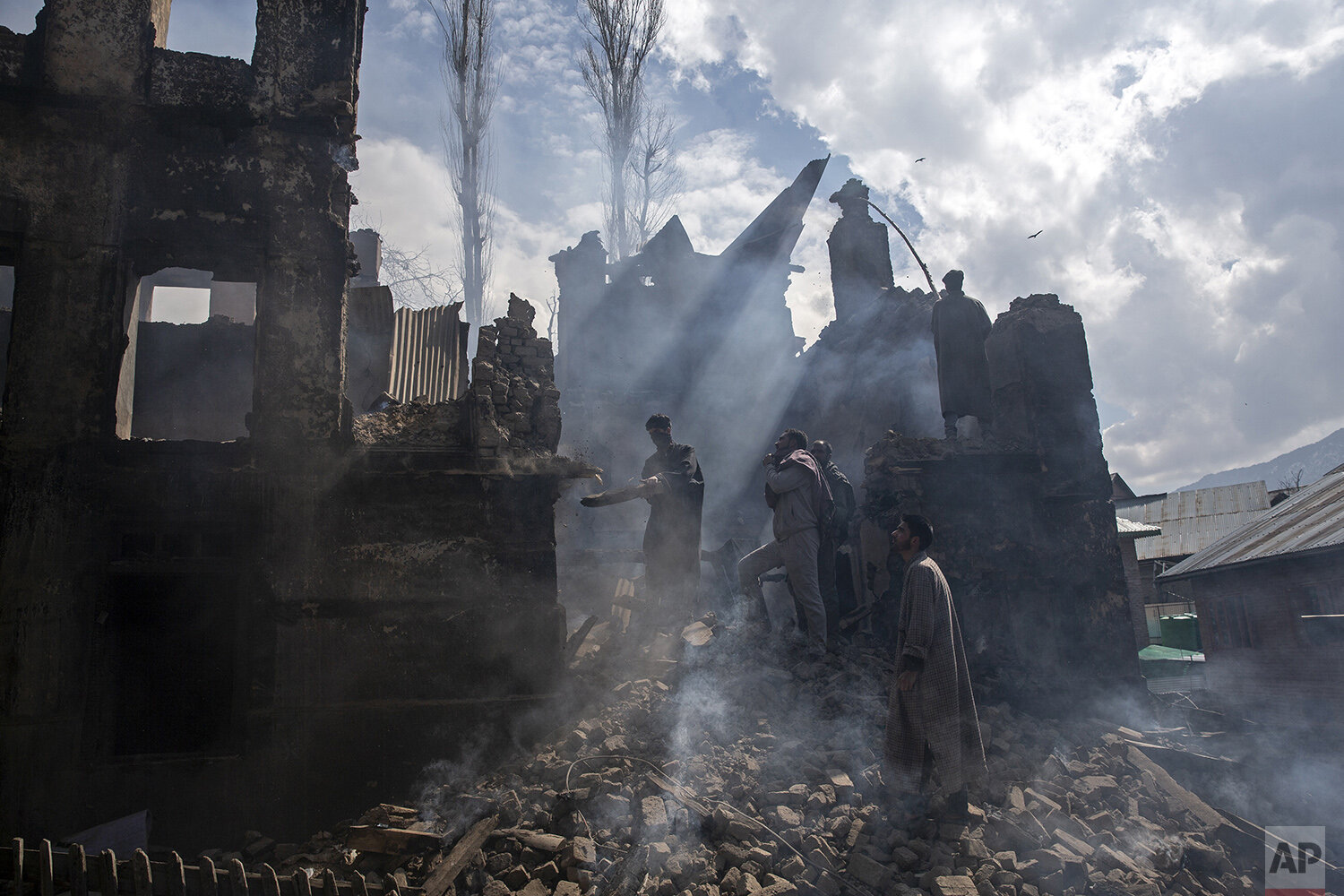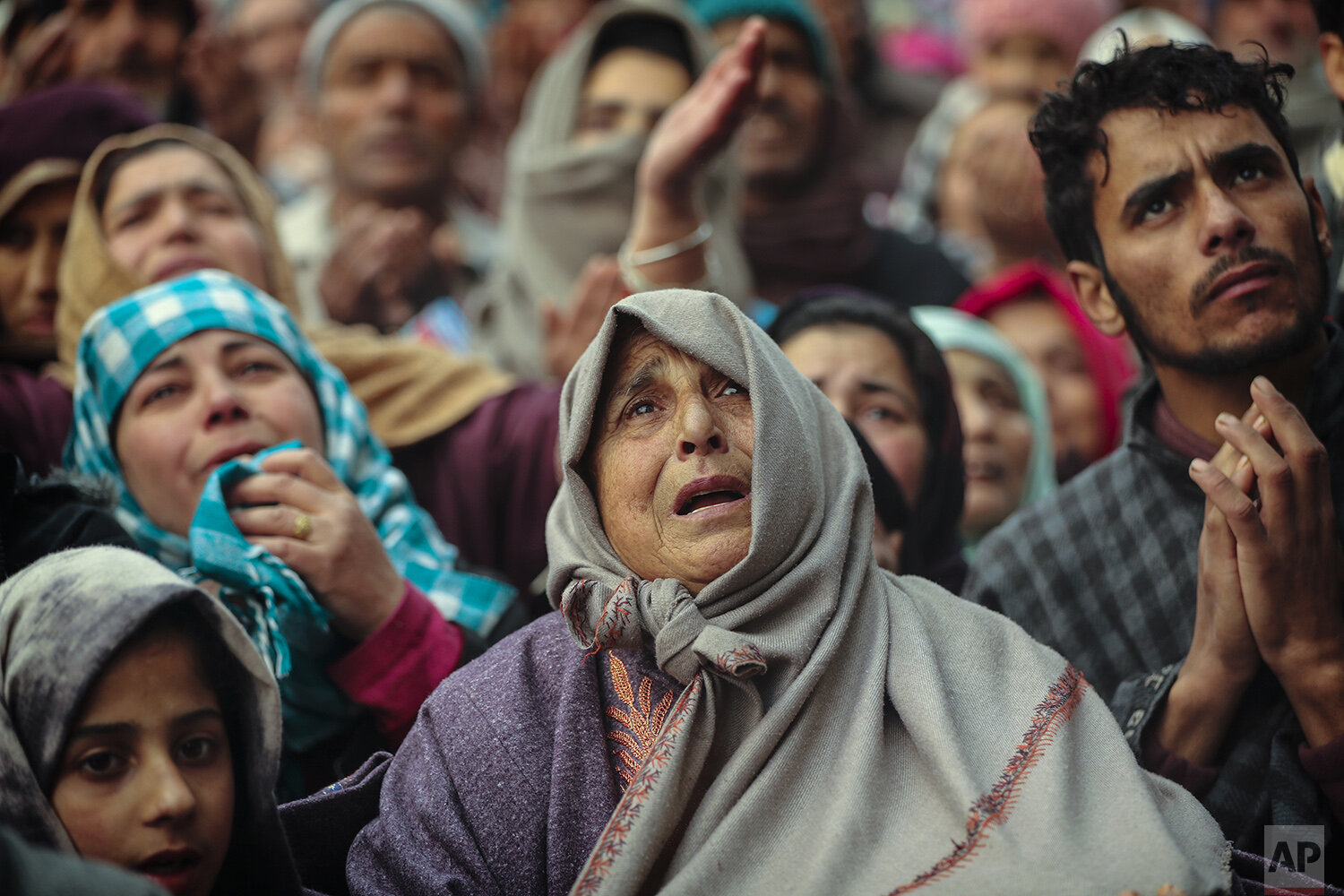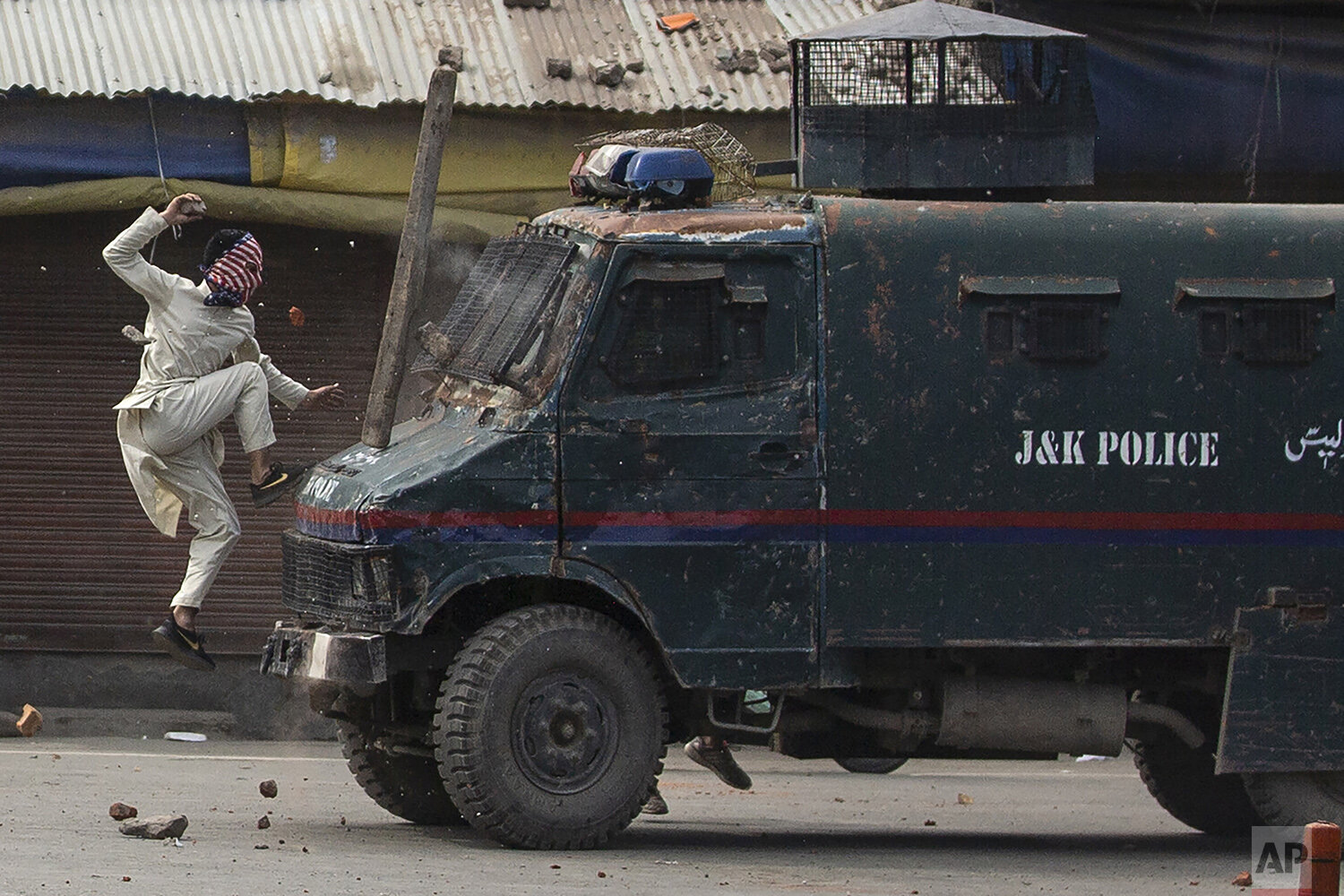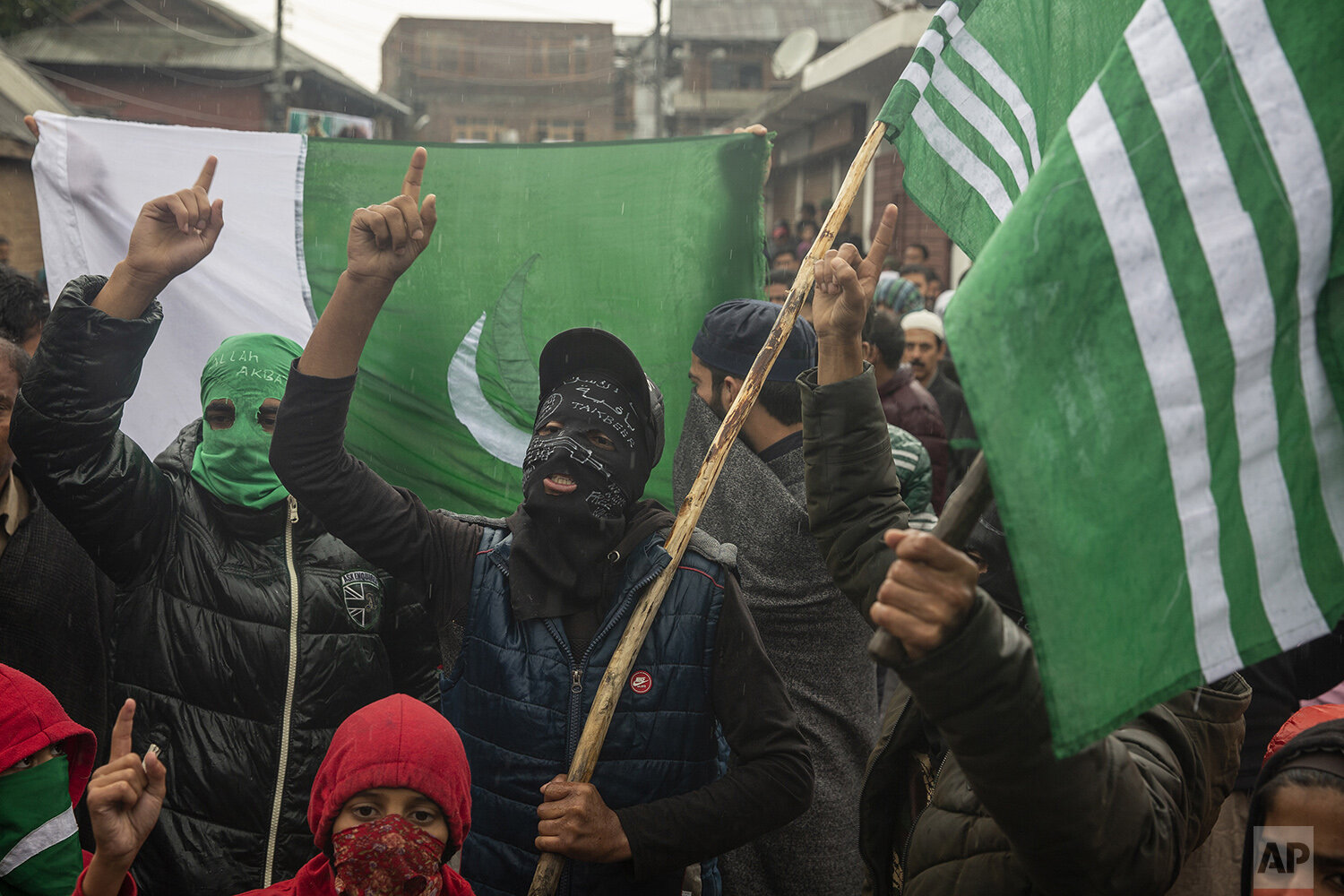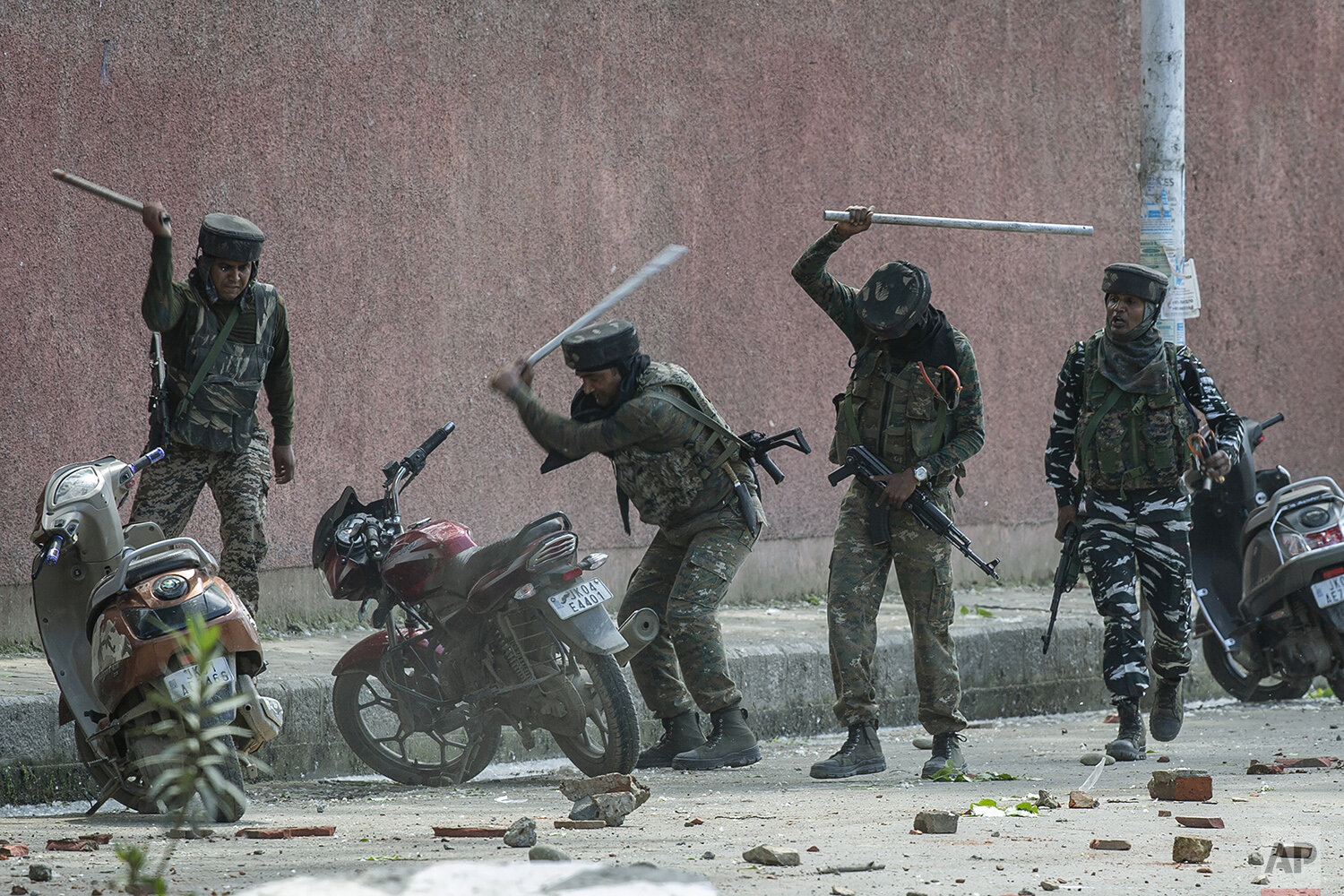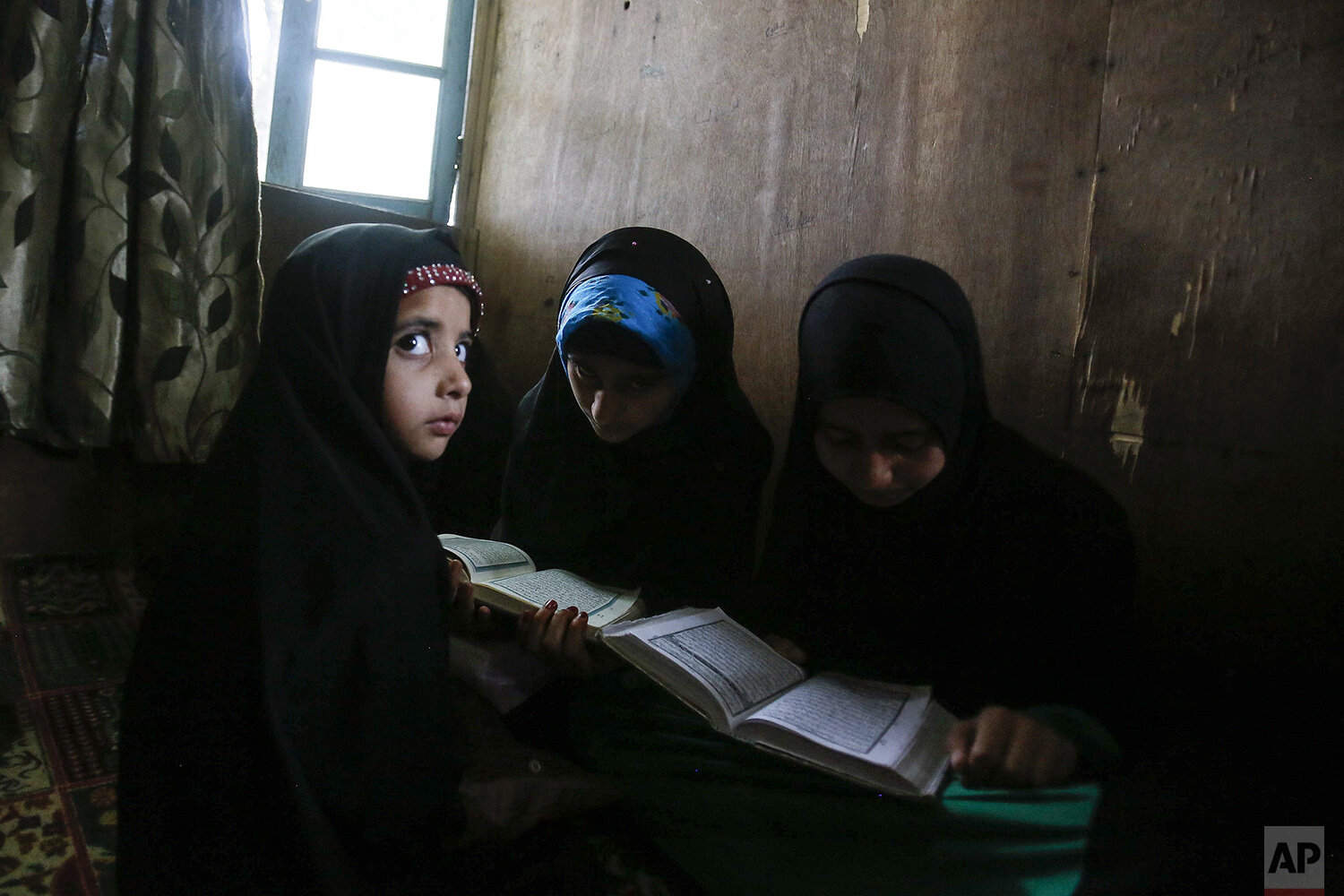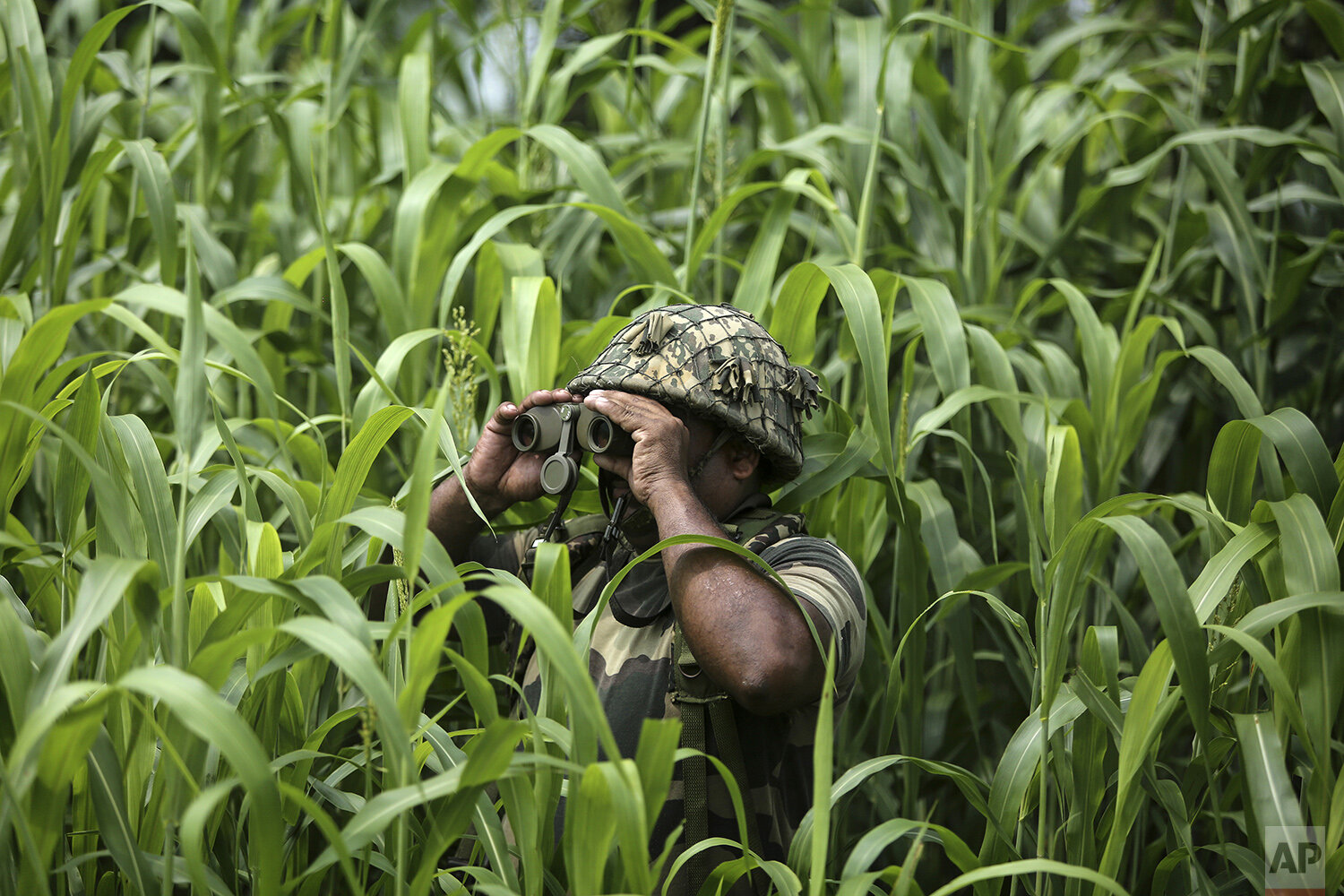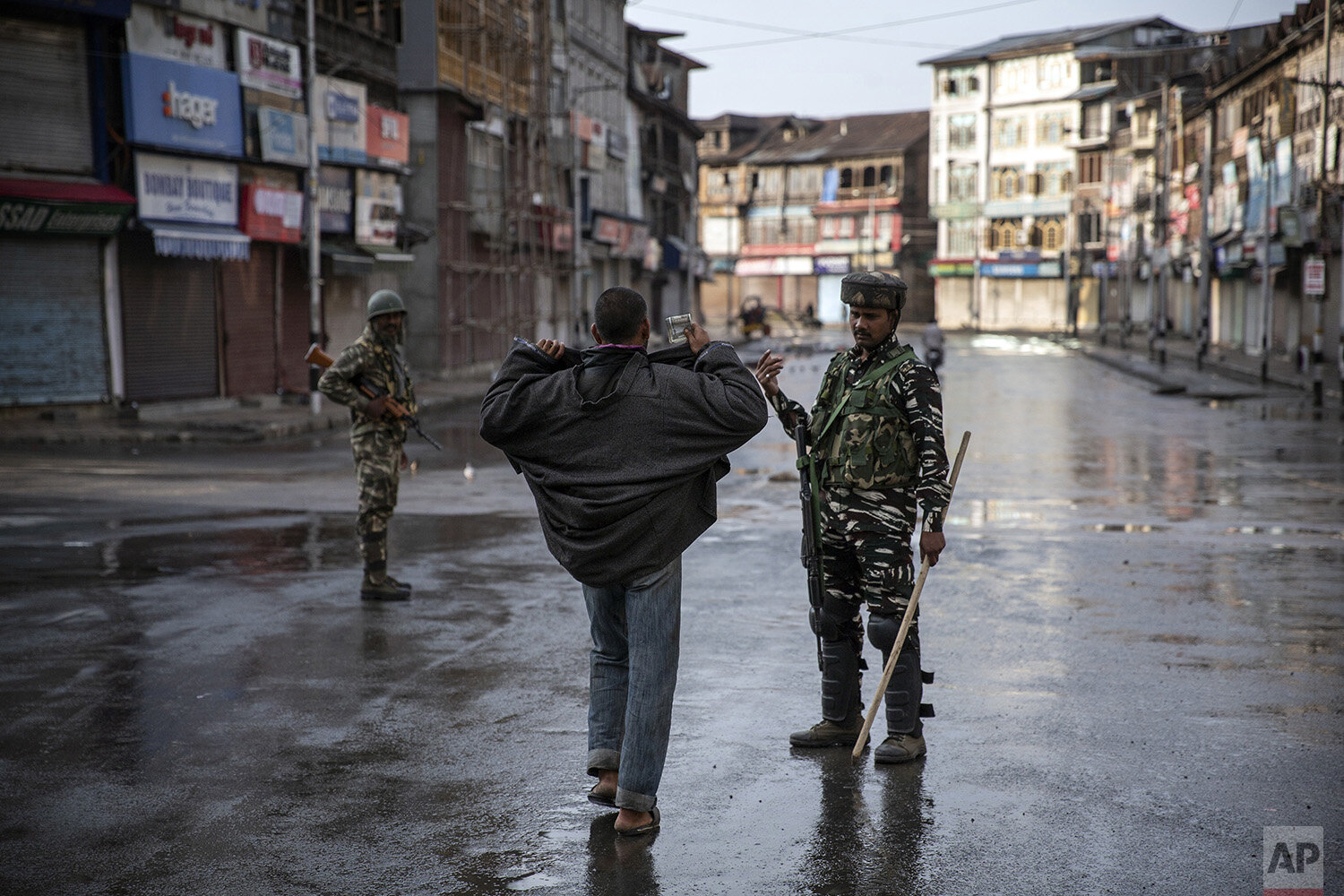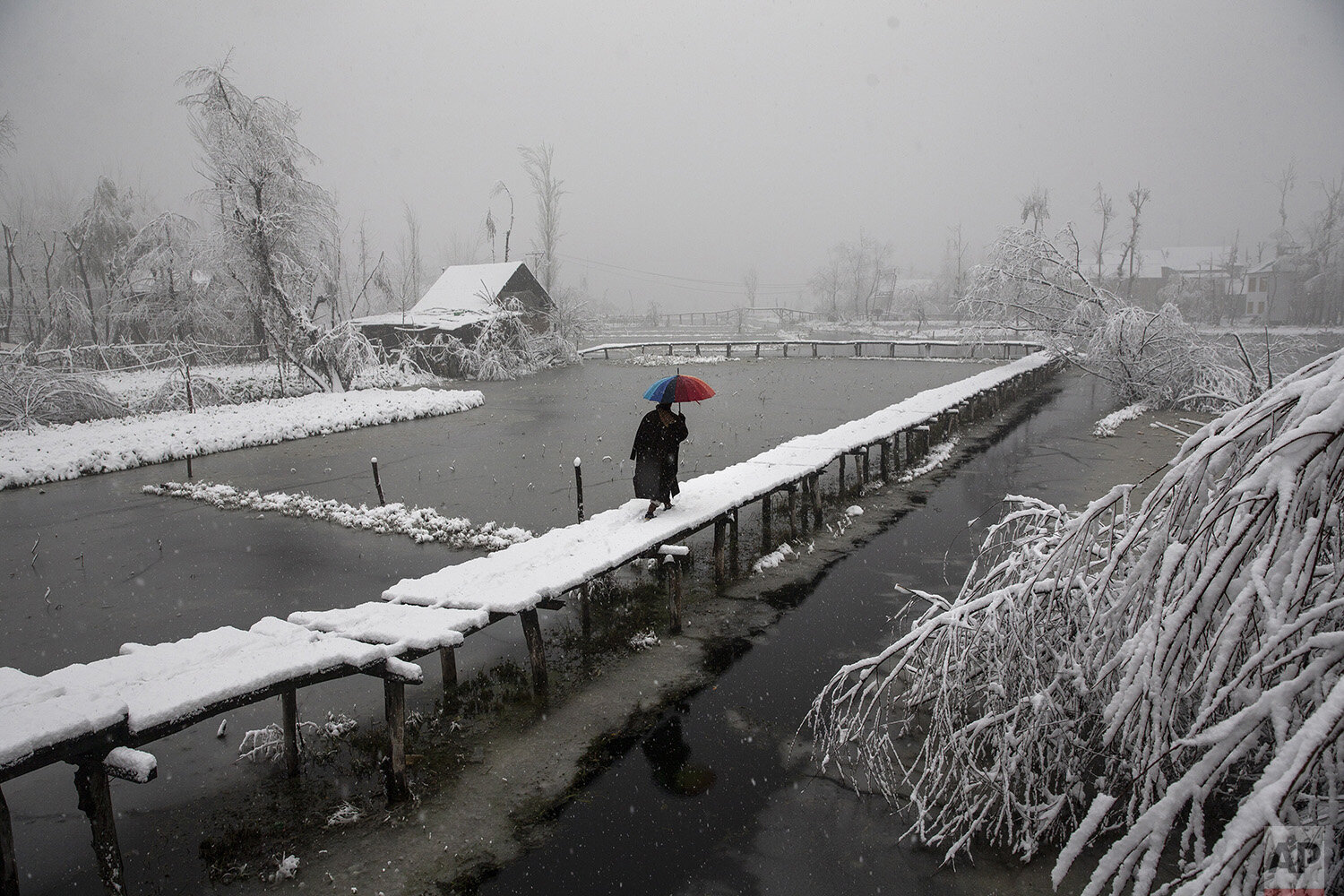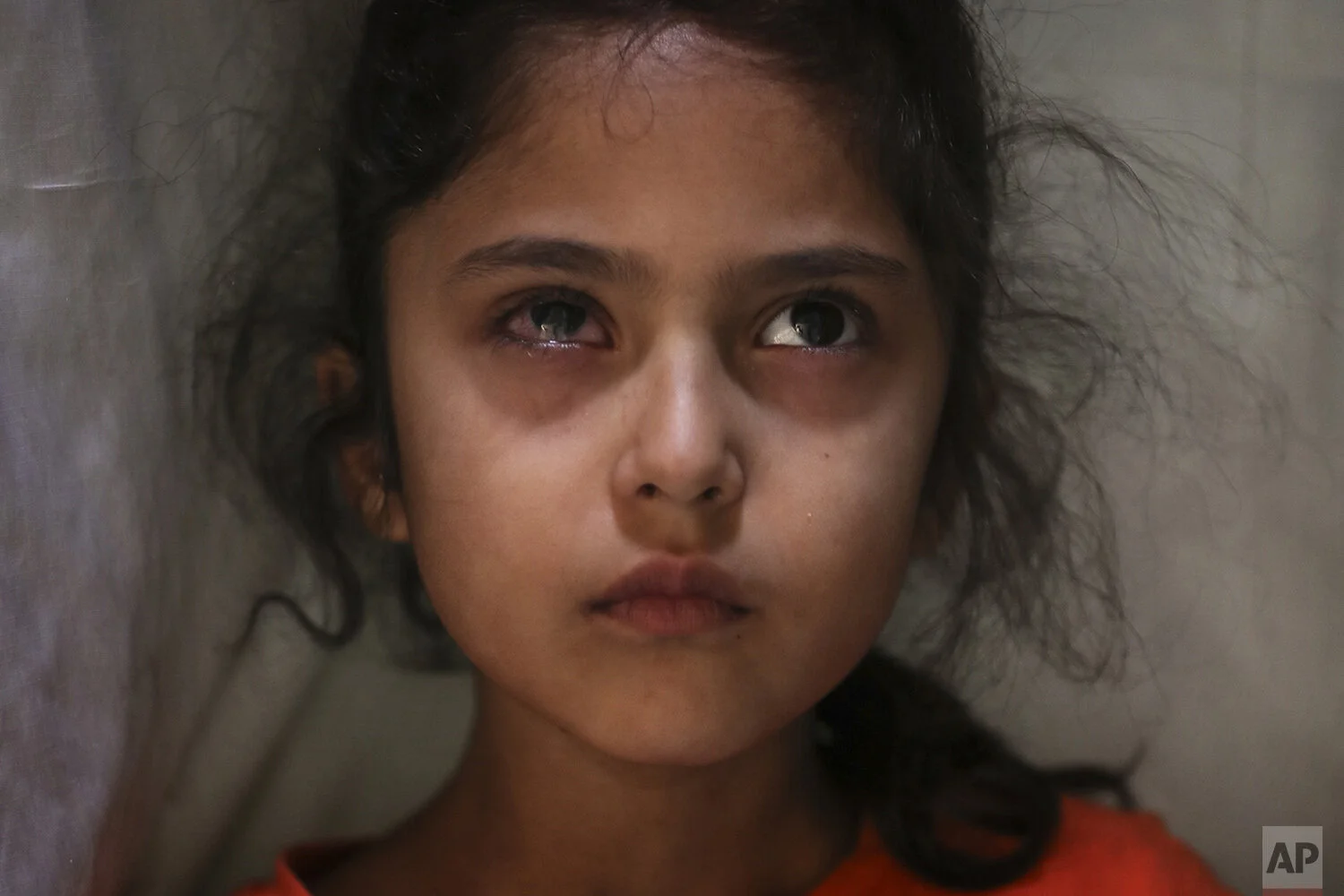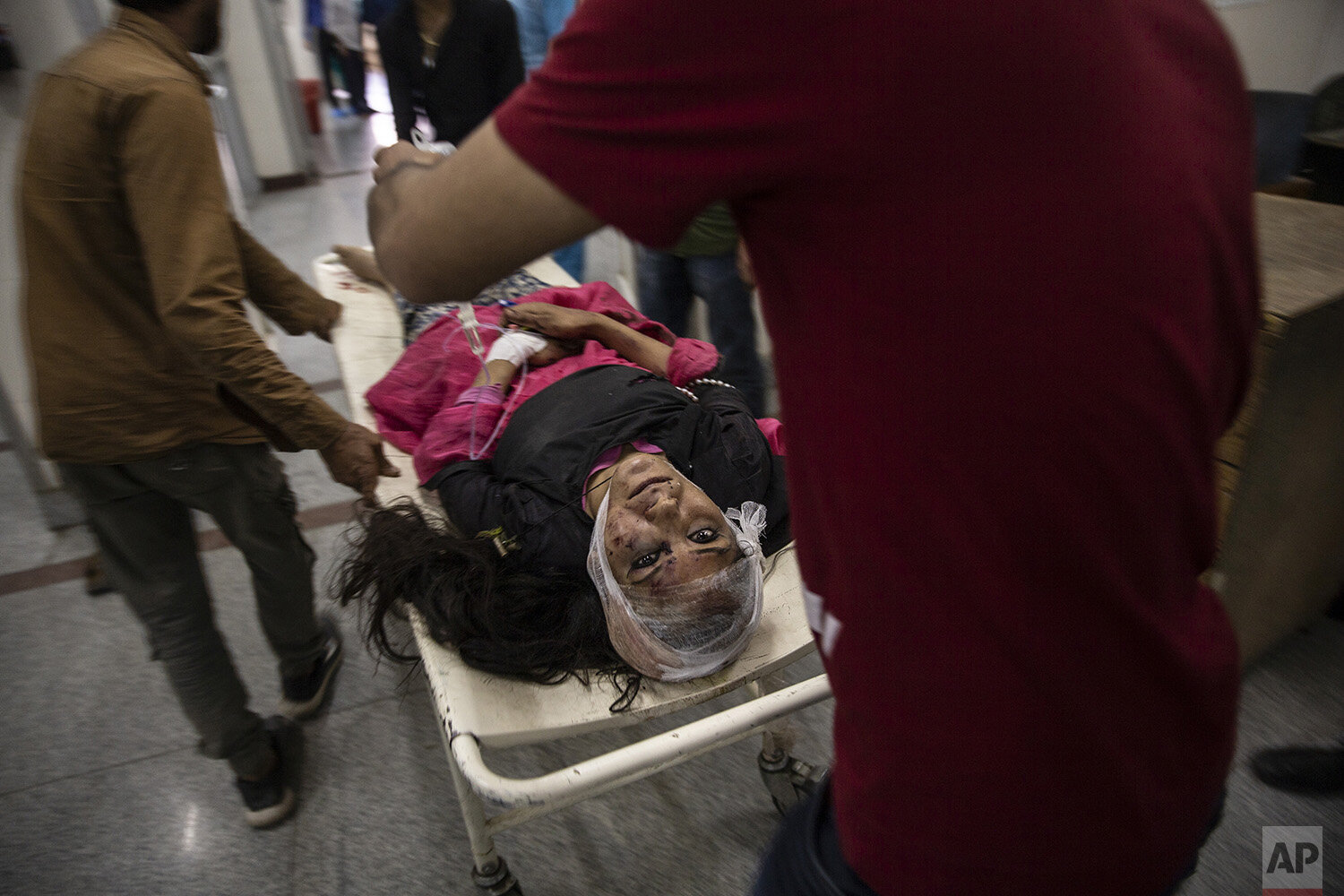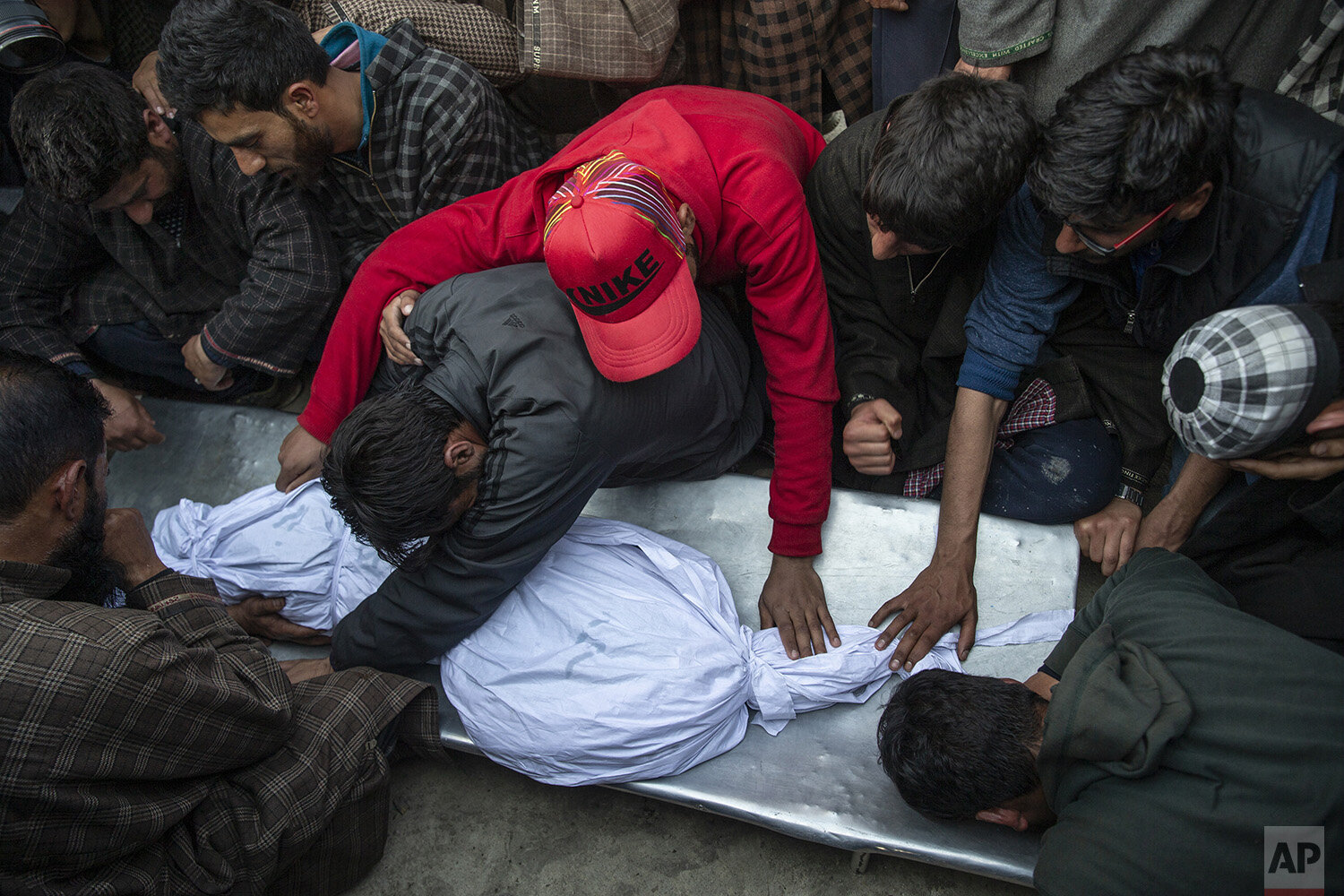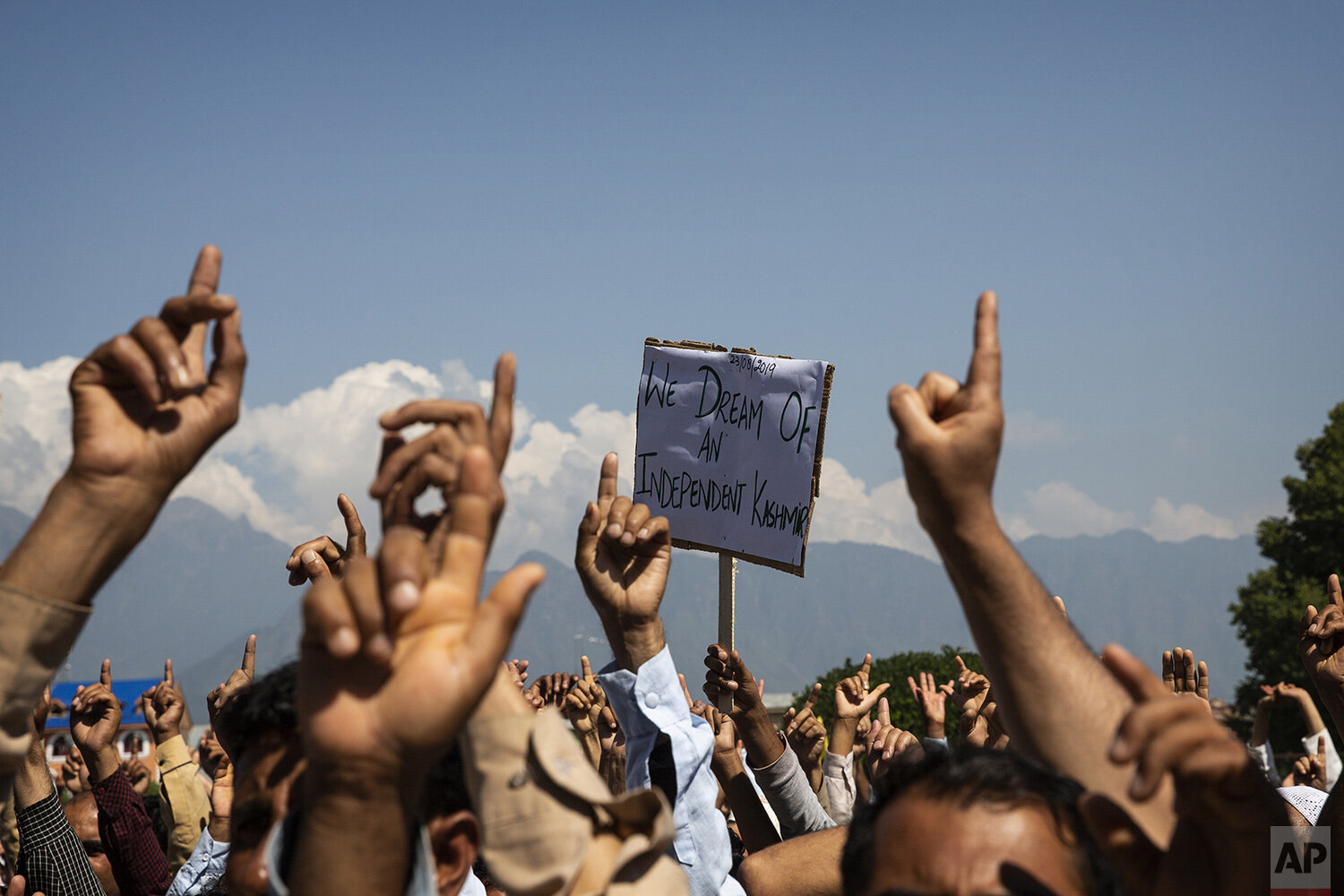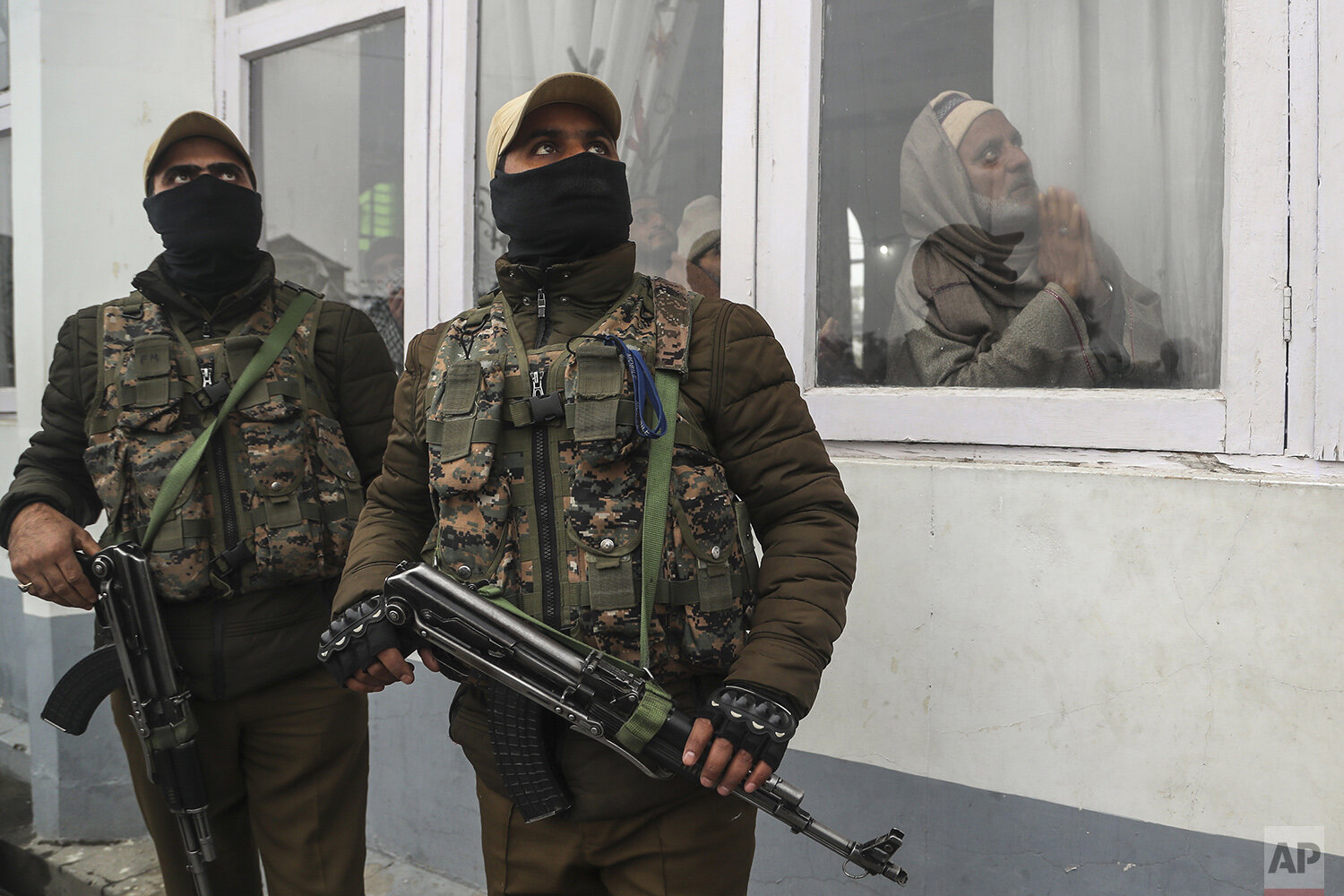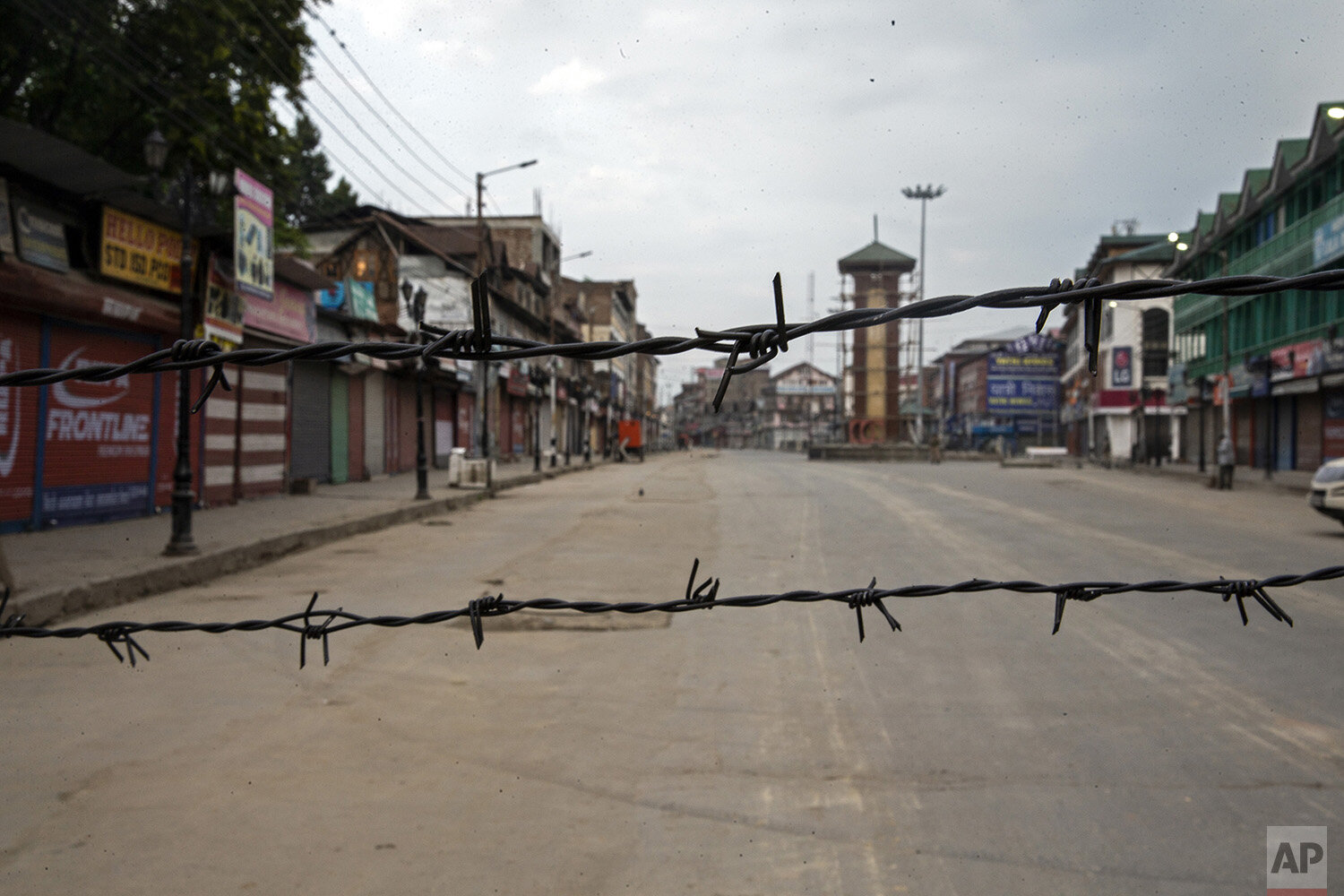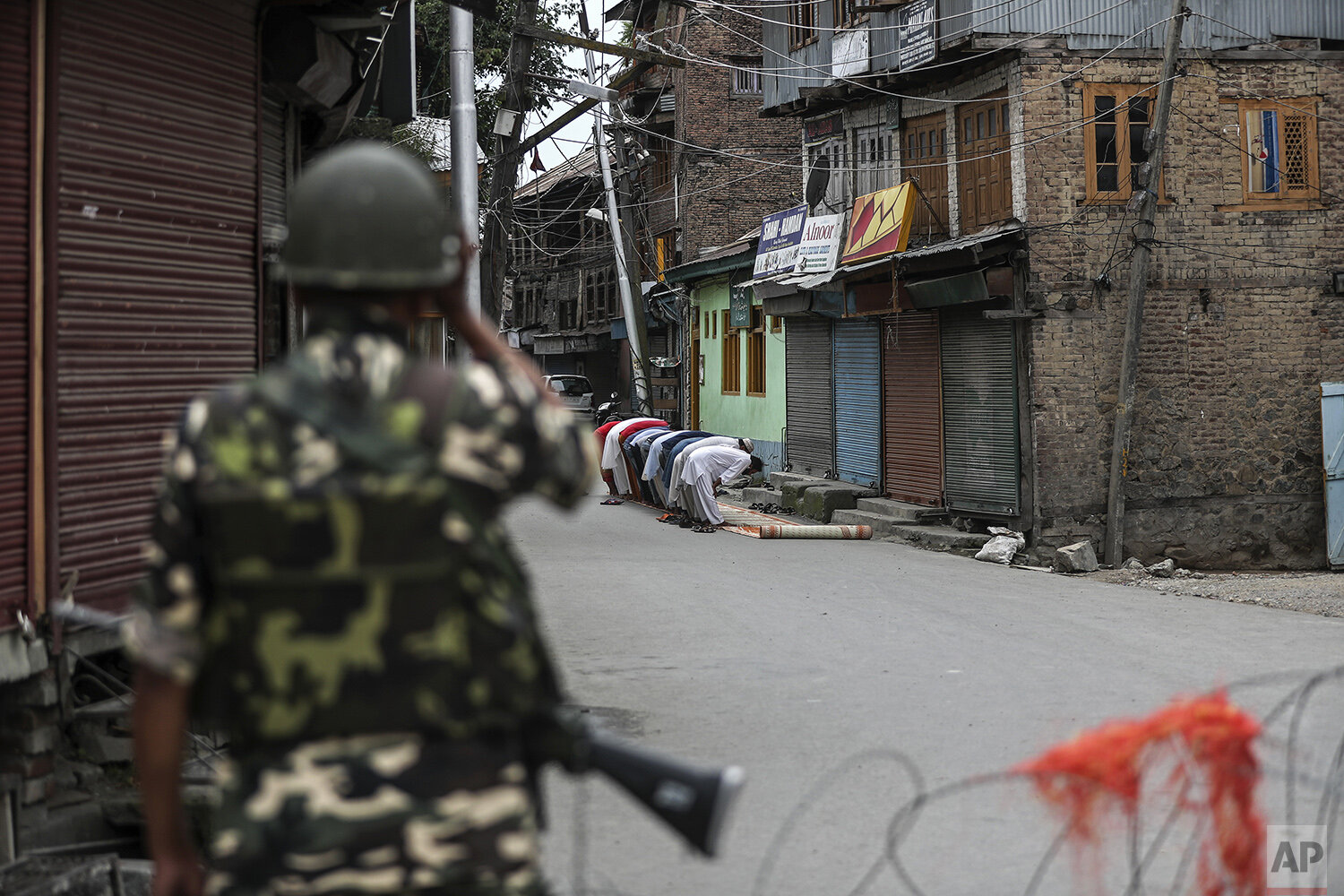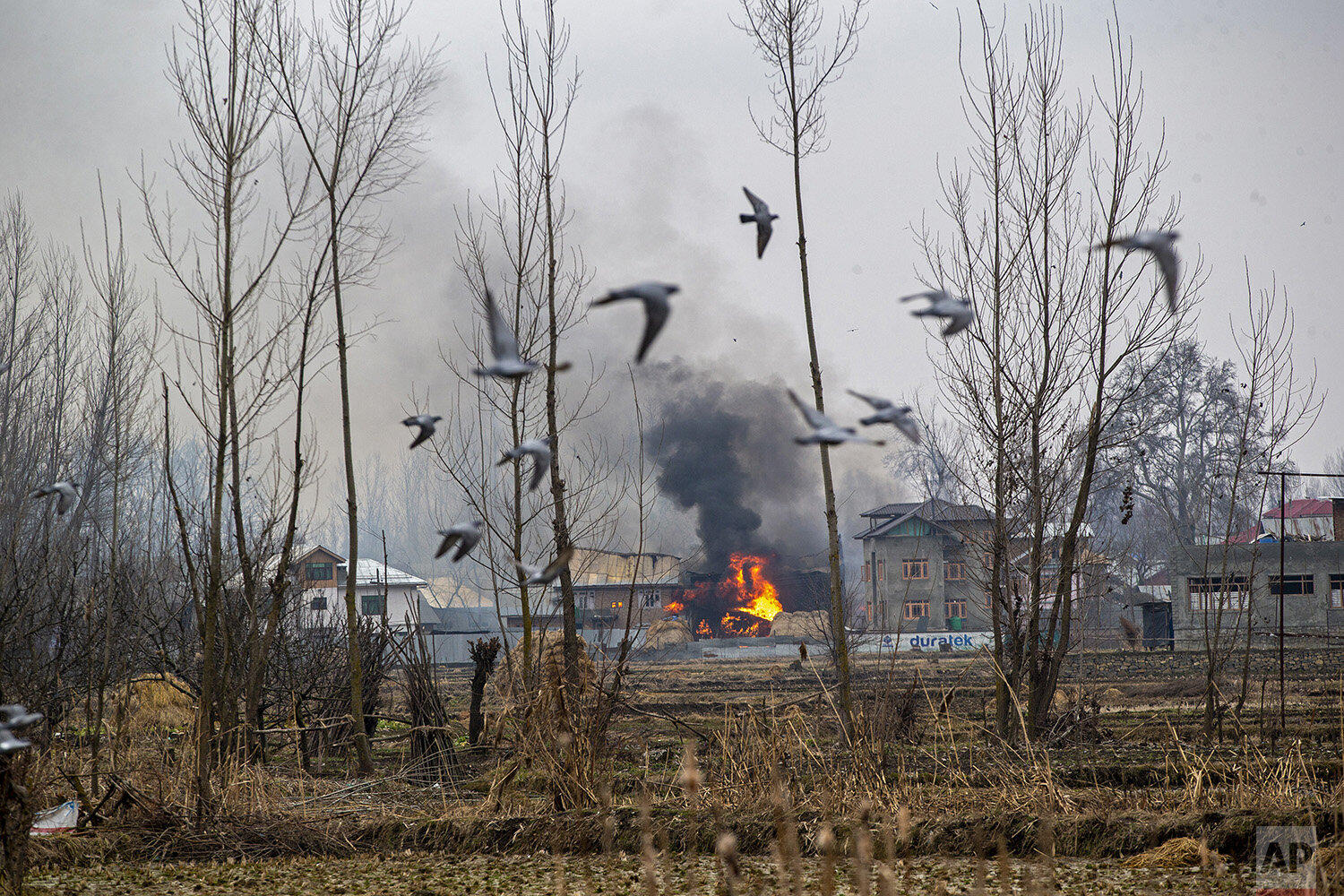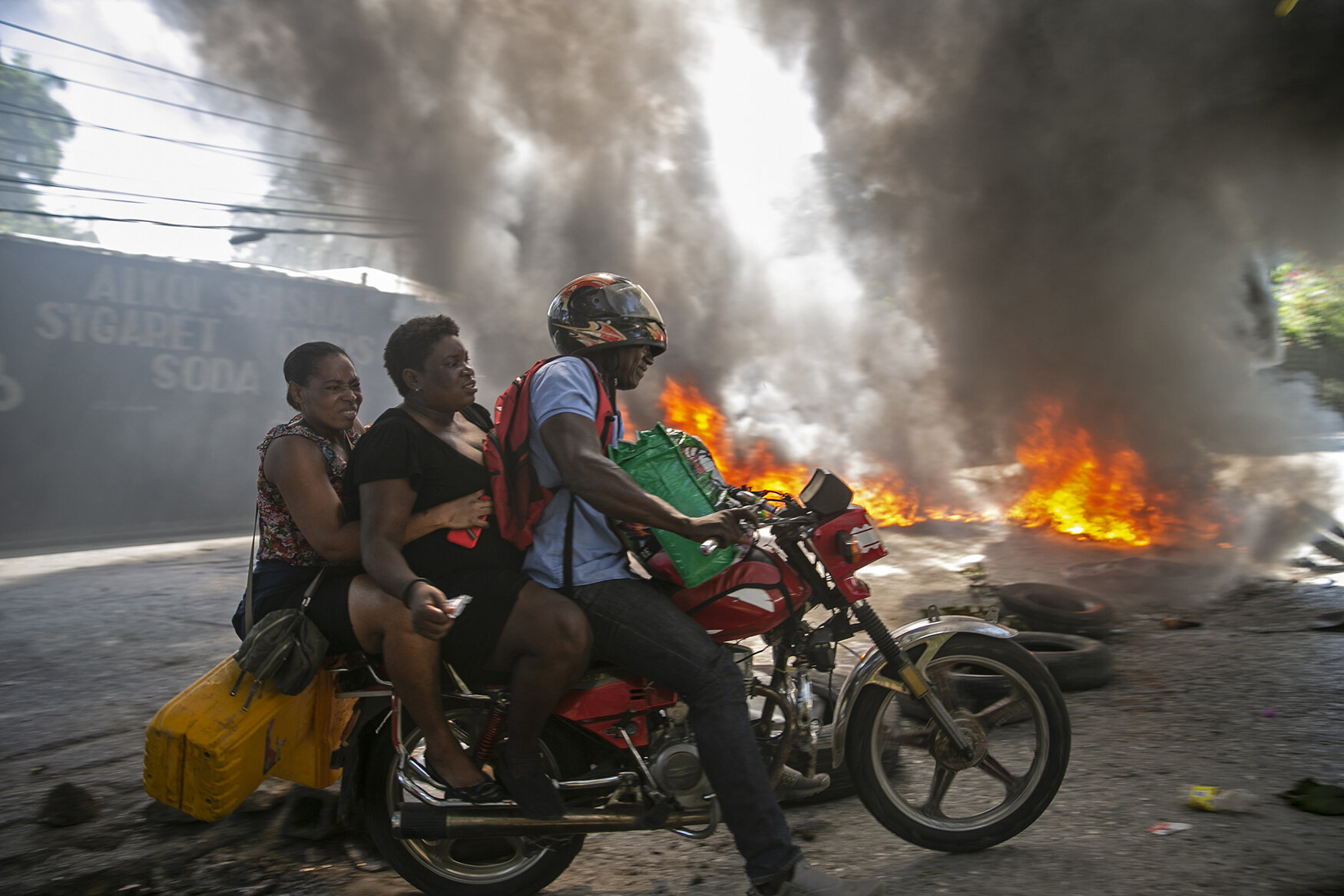AP photographers win 2020 Pulitzer Prize for Feature Photography

The story of India’s crackdown on Kashmir last August was difficult to show to the world. The unprecedented lockdown included a sweeping curfew and shutdowns of phone and internet service.
But Associated Press photographers Dar Yasin, Mukhtar Khan and Channi Anand found ways to let outsiders see what was happening. Now, their work has been honored with the 2020 Pulitzer Prize in feature photography.
Snaking around roadblocks, sometimes taking cover in strangers’ homes and hiding cameras in vegetable bags, the three photographers captured images of protests, police and paramilitary action and daily life — and then headed to an airport to persuade travelers to carry the photo files out with them and get them to the AP’s office in New Delhi.
“It was always cat-and-mouse,” Yasin recalled Monday. “These things made us more determined than ever to never be silenced.”
Yasin and Khan are based in Srinagar, Kashmir’s largest city, while Anand is based in the neighboring Jammu district.
Anand said the award left him speechless.
“I was shocked and could not believe it,” he said, calling the prize-winning photos a continuation of the work he’s been doing for 20 years with the AP.
“This honor continues AP’s great tradition of award-winning photography,” said AP President and CEO Gary Pruitt. “Thanks to the team inside Kashmir, the world was able to witness a dramatic escalation of the long struggle over the region’s independence. Their work was important and superb.”
In a year when protests arose across the globe, AP photographers Dieu Nalio Chery and Rebecca Blackwell were Pulitzer finalists for the breaking news photography award for their coverage of violent clashes between police and anti-government demonstrators in Haiti.
Bullet fragments hit Chery in the jaw while he documented the unrest. He kept taking pictures, including images of the fragments that hit him.
“All five of these photographers made remarkable, stunning images despite dangerous and challenging conditions, sometimes at great personal risk,” said AP Director of Photography David Ake. “Their dedication to getting up every morning and going out to tell the story is a testament to their tenacity. The result of their work is compelling photojournalism that grabbed the world’s attention.”
AP Executive Editor Sally Buzbee called the Kashmir prize “a testament to the skill, bravery, ingenuity and teamwork of Dar, Mukhtar, Channi and their colleagues” and lauded Chery’s and Blackwell’s “brave and arresting work” in Haiti while many journalism outlets were focused elsewhere.
“At a time when AP’s journalism is of more value than ever to the world, these journalists’ courage and compelling storytelling show the absolute best of what we do,” Buzbee said.
The honor for the photographers is the AP’s 54th Pulitzer Prize. The news cooperative last won a Pulitzer last year for stories, photos and video on the conflict in Yemen and the ensuing humanitarian crisis.
Conflict has flared for decades in Kashmir, a Muslim-majority Himalayan area that is divided between India and Pakistan and claimed by both.
The tension hit a new turning point in August, when Indian Prime Minister Narendra Modi’s Hindu nationalist-led government stripped Indian-controlled portions of Kashmir of their semi-autonomy.
India poured more troops into the already heavily militarized area, imposed a curfew and harsh curbs on civil rights, laced the area with razor-wire roadblocks, and cut off internet, cellphone, landline and cable TV service in the region.
India said the moves were needed to forestall protests and attacks by rebels seeking independence or Pakistani control for the region. Thousands of people were arrested.
With communications shut down, AP journalists had to find out about protests and other news by finding them in person. Khan and Yasin took turns roving the streets in and around the regional capital of Srinagar, Yasin said, facing mistrust from both protesters and troops. The journalists were unable for days to go home or even let their families know they were OK.
“It was very hard,” Khan said, but “we managed to file pictures.”
After spotting luggage-toting people walking toward the airport, he said, the photographers decided to ask travelers to serve as couriers. Yasin also recalled how a relative of his, who was also a photojournalist, had told him about delivering film to New Delhi in person as the conflict in Kashmir raged in the 1990s.
So the AP photographers went to the Srinagar airport and sought out strangers willing to carry memory cards and flash drives to New Delhi and call AP after landing in the Indian capital.
Some flyers declined, fearing trouble with the authorities, Yasin said. But others said yes and followed through. Most of the memory cards and drives arrived.
Yasin says their prize-winning work has both professional and personal meaning to him.
“It’s not the story of the people I am shooting, only, but it’s my story,” he said. “It’s a great honor to be in the list of Pulitzer winners and to share my story with the world.”
“Kashmir: Living An Endless War” | by Dar Yasin, Mukhtar Khan and Channi Anand
About the photographers:
Dar Yasin
Dar Yasin, born in 1973, in Indian Kashmir. Studied bachelor’s in computer science and technology in South of India.
Dar has extensively covered Kashmir conflict, South Asia Earth Quake and its aftermath and the historical opening of bus route between divided Kashmir.
On assignment in Afghanistan has covered Afghan War, Afghan Refugees and Daily life of war-torn Afghanis. Dar has also covered Rohingya refugee crisis who fled large- scale violence and persecution in Myanmar. His works have appeared in almost all the major newspapers and news magazines around the globe. Dar has won dozens of international and national photo awards including POYi, Atlanta Photojournalism, China Press Photo contest, the National Headliner Awards, finalist in WARS Photography Award, the Sigma Delta Chi Award by the Society of Professional Journalism. And Indian’s most prestigious Ramnath Goenka Award twice for the stories from Kashmir. Dar also was part of the Associated Press team that won the Hal Boyle Award for the Rohingya Exodus in the Overseas Press Club and a Robert F. Kennedy Award in the International Print category. In year 2017 he received NPPA (National Press Photographers Association) Humanitarian Award which is presented to an individual for playing a key role in the saving of lives or in rescue situations.
Most recently his work was exhibited in Visa Pour L’images in Perpignan and he won the inaugural Yannis Behrakis award in 2019.
Mukhtar Khan
Mukhtar Khan was born and brought up in the Indian portion of Kashmir, where he has lived all his life. In his over two-decade long career, he has extensively covered the region- following the Kashmir conflict on a daily basis, the 2005 earthquake that shook his region, stories between the nuclear-armed neighbors India and Pakistan, along with other major stories that unfolds in his beat.
Through it all, Khan has focused on the daily life of war-torn Kashmir. He started working with the Associated Press in 2000 before joining the organization fulltime in 2004. He won an Atlanta Photojournalism Award in 2015.
Channi Anand
Channi Anand is based in Jammu, a strategic location not far from the India-Pakistan border that experiences frequent cross border violence. Seeing people flee their homes has become routine but it still affects him each time he covers stories of displacement. He has followed political developments between the neighbors relentlessly for the Associated Press since 2000.
After more than two decades in the field, Channi now finds himself at home working on social issues, natural calamities, live encounters between security forces and terrorists or the extreme weather conditions that is harshest for the homeless. He has also traveled to work on a story on Siachin Glacier, the highest battleground in the world. He lives with his wife and two children.

